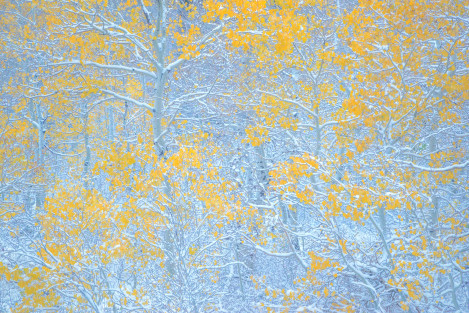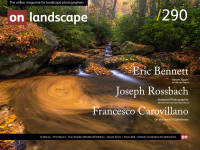Act as if each season is the last time you will ever experience it

Eric Bennett
As a full-time nature photographer, author, and conservationist, I hope to share the value that wilderness has in its pure, unaltered state. In a world where we are disconnecting from nature more and more every day, I can’t think of another pursuit more worthy of my time and energy. I believe that if I can capture a scene in the right way, my photographs will inspire others to protect the last few wild places we still have left.
I currently live just outside of Salt Lake City, Utah with my wife and three children. While much of my photography is focused on the incredible scenery near my home, I have traveled to over thirty countries to capture the diverse and remarkable beauty of all different environments.

As summer is ending and fall will be making its annual appearance soon, I can’t help but wonder what kind of scenery it will display. When I first moved to Utah from Panama in 2012, I took it for granted that each year would summon a vibrant and colourful show as the maples, oaks, and aspens would explode with dazzling hues of red, yellow, and orange. Golden leaves would carpet the forest floor. The sunlight would turn soft and silver as it filtered through grey clouds. The air would turn crisp, clean, and cool.
I enjoy experiencing and photographing every season, as each one possesses its own kind of unique beauty and essence—the naked trees and hushed quiet of winter; the radiant greens, rain showers, and buds of spring; the fields of wildflowers and thawing alpine lakes of summer—but over the years I have come to look forward to autumn the most. Perhaps it is because I was born in the middle of fall. However, in recent years, it has become less and less predictable as to what each autumn season will bring.
2020 was the driest and hottest fall season I have ever experienced. In fact, it didn’t feel like fall at all. The signature colours were absent, as trees dropped their leaves while still green, a survival tactic they employ to decrease their surface area when subject to too much sunlight and heat. This is done to prevent perspiring too much moisture and to be able to retain enough water to survive winter. However, if they cannot photosynthesise for sufficient time before going dormant for the long winter, they may not have enough glucose to make it until spring. But just like us, trees will die of thirst much sooner than hunger. (Here's an article on the science of autumn/fall colour/color - Tim)

